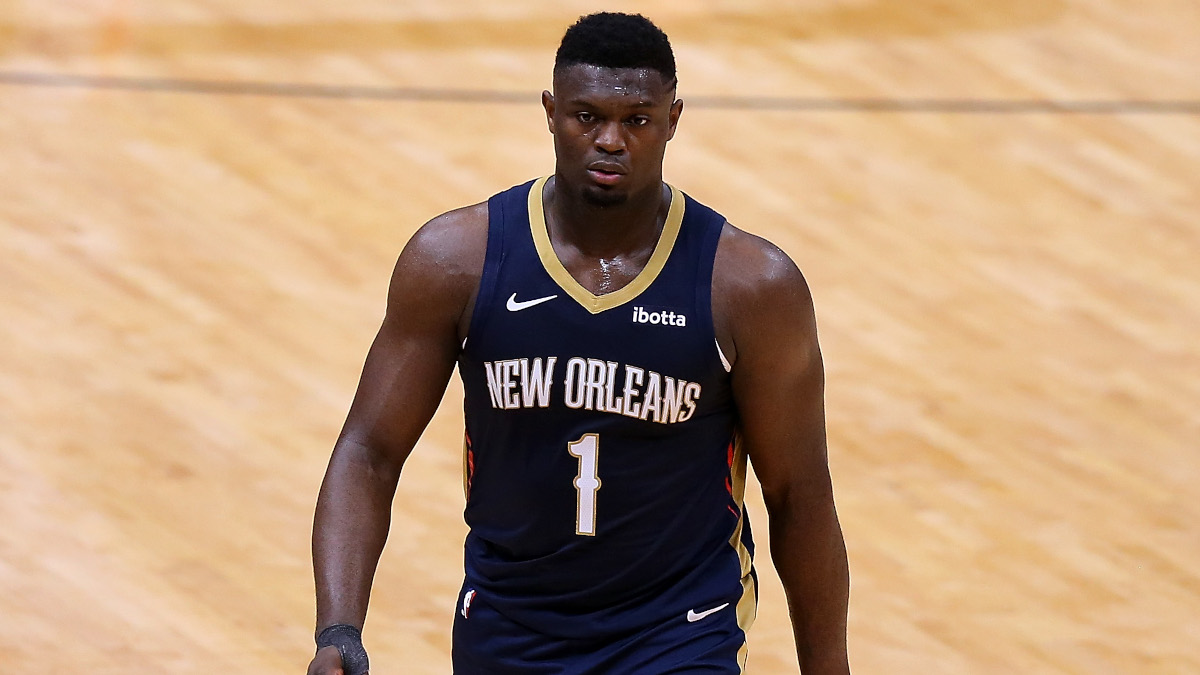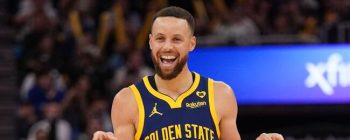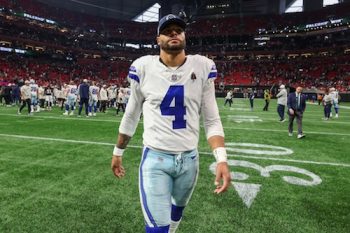NBA
Zion Williamson Situation Means We Need to Talk About the Rookie Contract Problem

In the early days of the NBA, the concept of a “rookie contract” was a foreign one. Several legal challenges and collective bargaining sessions, we’re deep into the era of the rookie scale contract. In many ways, the change is suitable for NBA players. But as we’re seeing with the increasingly dysfunctional Zion Williamson situation in New Orleans, the current system isn’t without flaws.
But to understand today’s problems, it’s essential to grasp how we got here. We’ve advanced far beyond the previous setup, even with the warts that pockmark the modern rookie scale.
It beats pure chaos.
Rookie contracts before the rookie scale

Signing rookies was straightforward for the first 20 years or so of the NBA’s existence. Teams drafted anywhere from 10–20 players each year and offered one-year contracts to the ones they wanted. But most rooks got a training camp invitation, a place to sleep, and meals. The agreement came later if they made the cut.
In the 1950s and into the 1960s, some amateur-in-name-only clubs operated in various industrial leagues. The most notable was the Phillips 66ers. Operated by Philips Petroleum and based in Bartlesville, Oklahoma, the 66ers snagged talented collegiate players from under the NBA.
They got jobs with the company, though their primary duties were to kick butt on the basketball court. But the rise of rival professional leagues like the American Basketball League in 1961 and the American Basketball Association in 1967 eventually drove the industrial teams into the history books.
The 66ers played their final season in 1967–68, according to a 1985 article by Frank Scott of The Oklahoman. The new ABA drove player salaries beyond their means.
First-round draft picks commanded more money and longer contracts because of the competition between the ABA and NBA. When the salary cap era came to the NBA in 1984, the business got more complicated. Before Zion Williamson, there was merely anarchy.
The salary cap era brought class warfare to the NBA
Sports agents have a different concept of supply and demand than most of us. They represent the supply, making demands on behalf of their clients. Lottery picks represented by savvy agents learned how to leverage themselves.
Rookie contracts grew more lucrative while the salary cap didn’t keep pace. The National Basketball Players Association noticed an alarming trend. Role-playing veterans got squeezed out of jobs for undrafted rookies or less-experienced players who cost less.
Rookie deals transitioned from the sublime to the ridiculous in 1993. Chris Webber, the top overall pick that year, signed a 15-year, $74.4 million contract with the Golden State Warriors, per The Associated Press.
But the deal gave Webber an early termination option he exercised after his rookie year. A restricted free agent, Webber eventually re-signed with Golden State. The Warriors then traded him to the Washington Bullets.
Not surprisingly, the NBA insisted on a rookie scale in the following collective bargaining agreement. They got it, with several tweaks since.
The first rookie scale called for three-year guaranteed deals for first-round picks. First-rounders currently sign four-year contracts with salaries determined by their draft slot. The first two years are guaranteed, and the third and fourth seasons are team options.
Then they are eligible for restricted free agency, and teams have full Bird rights. That’s where the system begins to break, as seen with Zion Williamson and others before him.
The New Orleans Pelicans essentially control Zion Williamson for 9 years

The Pelicans selected Zion Williamson with the first pick in 2019. He signed a four-year, $44.3 million contract. It became fully guaranteed when New Orleans exercised its fourth-year option last October.
To maximize his money, Zion can sign a five-year extension for a maximum of $181 million. But he must sign before the 2022–23 season begins, or he heads to free agency. The Pelicans can extend a qualifying offer to retain the right to match any offer.
If Williamson wants to test unrestricted free agency as soon as possible, his only choice is to sign New Orleans’ qualifying offer and play a fifth season with the club. But even then, he can’t earn maximum money unless he re-signs with the Pelicans.
In that scenario, New Orleans still has Bird rights. That gives the organization the ability to offer an extra year and more money over the contract’s life.
Greg Monroe was the last notable player to sign the qualifying offer and opt for unrestricted free agency a year later. He signed the QO, a one-year contract, with the Detroit Pistons in September 2014 before getting three years and $51.4 million from the Milwaukee Bucks the following summer.
Finding the right balance for rookie contracts hasn’t been easy
Salary cap tools such as Bird rights help teams retain their free agents. Restricted free agency exists for a similar reason. Teams draft a player and develop them for four years. If they are stars, their teams don’t want to lose them after investing in that progression.
For example, Zion Williamson still has star potential even if injuries have hampered his development.
The designated rookie extension (the supermax) came out of the 2017 CBA talks. If a player meets specific benchmarks like All-NBA status while on his first contract, their team can offer him up to 25% of the salary cap for up to five years.
Such was the case with Ben Simmons when he re-upped with the Philadelphia 76ers in 2019. When he made the All-NBA Third Team in 2019–20, the supermax provisions kicked in, and the new contract’s value shot up to $190 million.
One year into the pact, he requested a trade. The fear among NBA executives is that the Simmons situation will set a precedent for future rookie extensions. The player the 76ers acquired for him, James Harden, was traded twice in 13 months while on a supermax veteran extension.
Is the current system flawed? Absolutely. But the alternative is to expose franchises in less desirable markets to becoming nothing but incubators for the marquee franchises, even more than they already are.
The NBA and NBPA haven’t found the perfect solution. Until they do, Zion Williamson and every other young player in the league works under a well-intentioned but flawed system. In a league that hasn’t experienced real parity since the late 1970s, it’s an ongoing problem.
Contract information courtesy of Spotrac.











